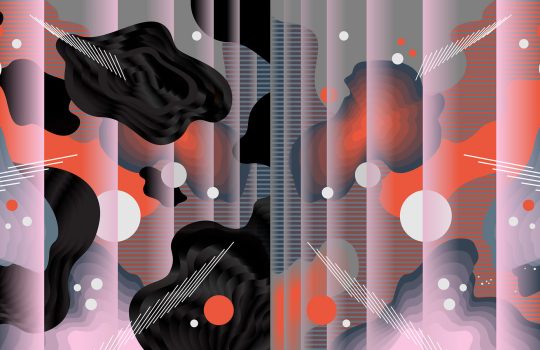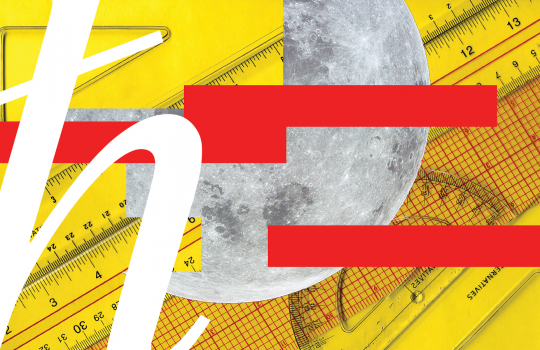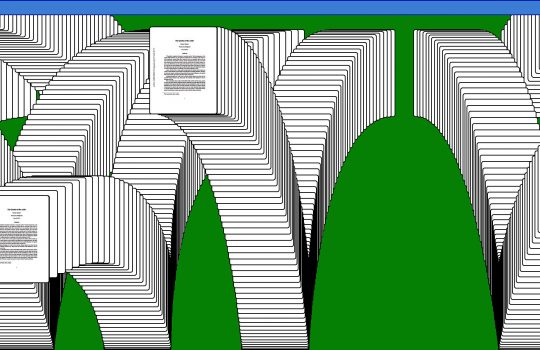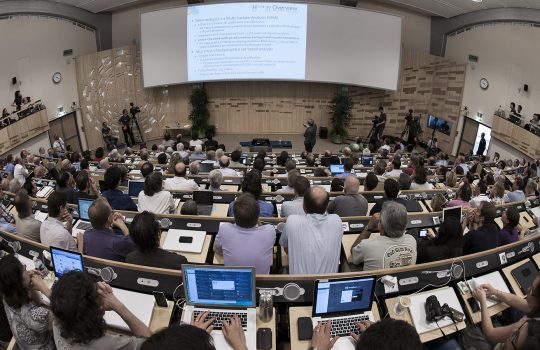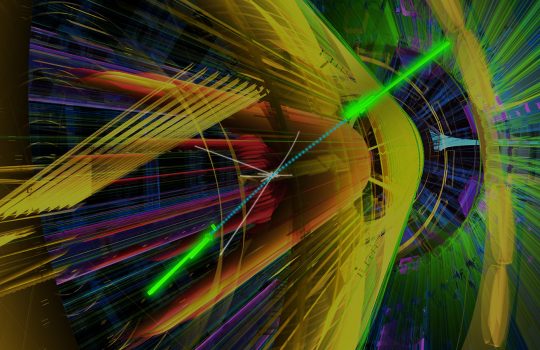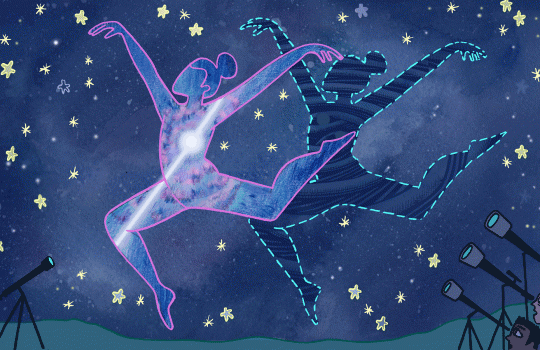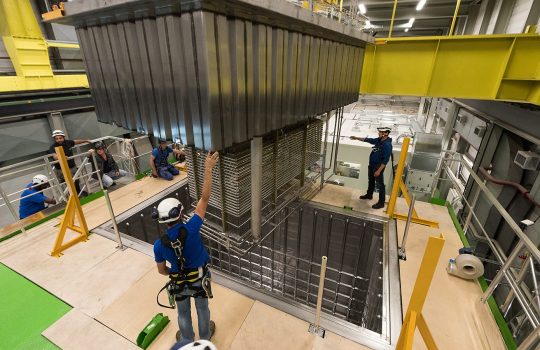ISU physics Professor Ed Tatar working on mega-science neutrino experiment; groundbreaking set July 21
From Idaho State University, July 19, 2017: Tatar plans to participate in the Long-Baseline Neutrino Facility groundbreaking ceremony in South Dakota, joining a group of world known scientists.

